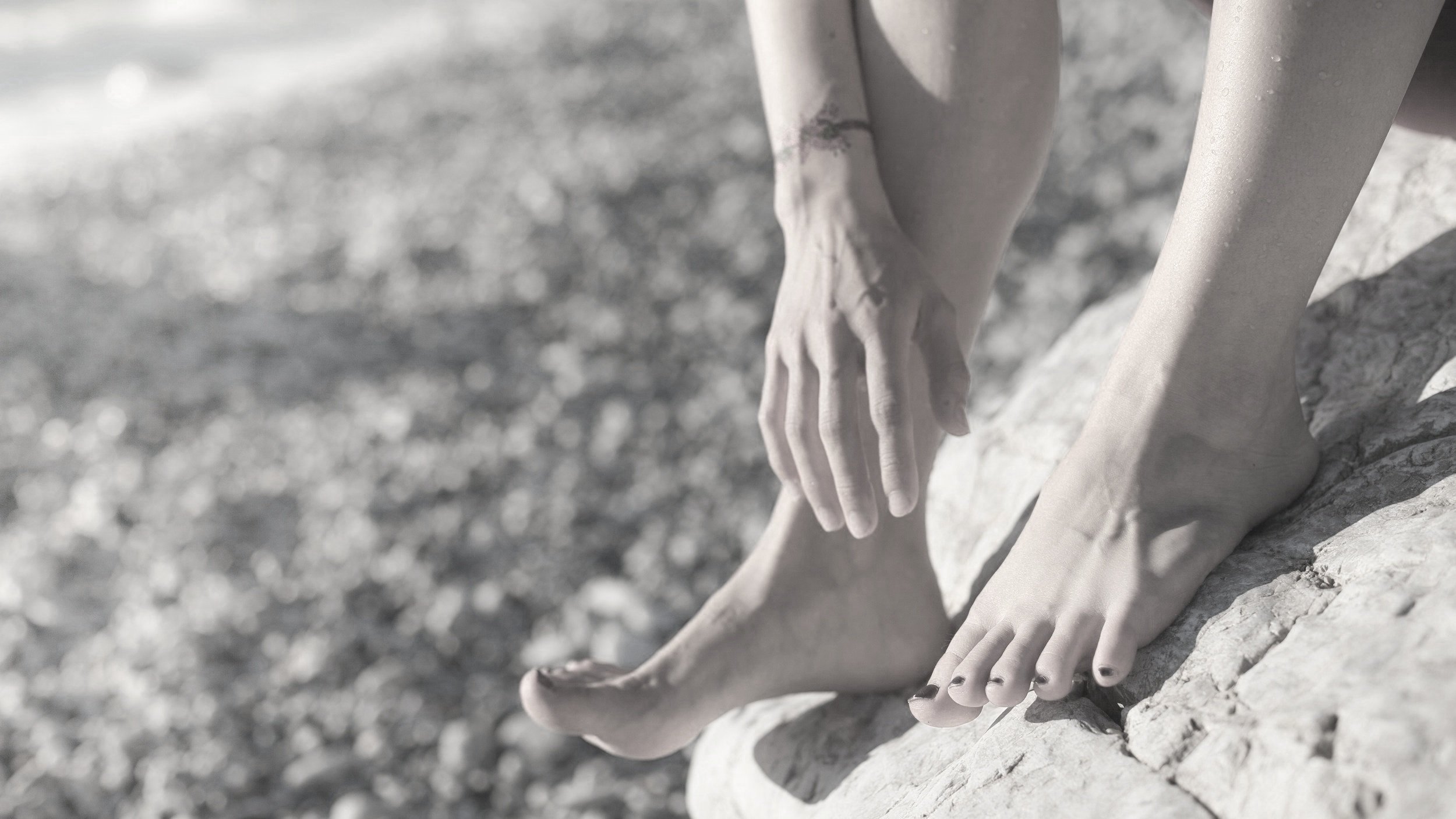
Bunions & Toe Deformities
Bunions are more common than bunionettes.
Bunions are typically found on the big toe, while bunionettes develop on the little toe.
More prevalent in women than men: Women are more likely to develop bunions, partly due to wearing narrow or high-heeled shoes. Additionally, 70% of those with bunions have a family history which indicates a strong genetic link.
Bunion’s Symptoms
Bump at the base of the big toe or little toe.
Pain, tenderness, and discomfort, especially when wearing tight shoes.
Inflammation, redness, and swelling around the affected joint.
Restricted movement of the big toe, often with stiffness or burning sensation.
Corns, calluses, and hammertoes due to toe misalignment.
Visible changes in foot shape and difficulty walking.
Numbness in or around the big toe.
The Causes
Genetics: Family history of bunions or foot issues.
Footwear: Wearing narrow, tight, or high-heeled shoes.
Bone Structure: Abnormal bone structure or foot mechanics.
Health Conditions: Arthritis (e.g., rheumatoid arthritis, psoriatic arthritis), connective tissue disorders (e.g., Marfan’s syndrome), neuromuscular conditions (e.g., cerebral palsy).
Foot Stress: Prolonged standing, frequent walking, or foot injuries.
Inflammation: Conditions like lupus or rheumatoid arthritis.
The Diagnosis
Medical history: Assess symptoms like pain, swelling, and changes in foot shape.
Physical examination: Evaluate the nature and severity of the bunion.
Imaging tests: X-rays are typically used to check bone alignment, with CT or MRI scans for detailed views of bone and soft tissue damage.
Specialist consultation: Referral to an orthopaedic foot and ankle surgeon may be necessary for further evaluation.
The Treatment
The goal of treatment is to reduce pain, improve foot function, and enhance quality of life. Consulting a healthcare professional is essential to develop a tailored plan, which may include non-surgical methods or surgery based on the condition's severity and individual needs.
Surgical
Soft Tissue Release: Correct tight ligaments contributing to the deformity.
Osteotomy: Realign bones (includes Akin, Chevron, and Scarf osteotomies). This includes minimally invasive techniques if appropriate.
Non-surgical
Footwear Changes: Wear broad-toed shoes or use a stretching device to widen existing shoes.
Bunion Pads and Taping: Use over the counter pads for cushioning and medical tape to correct toe positioning.
Orthotic Devices: Utilise shoe inserts or custom orthotics, and consider toe spacers or splints.
Pain Relievers: Take pain simple pain medications like (paracetamol or ibuprofen) for pain and swelling; use topical NSAIDs cautiously.
Icing: Apply ice packs wrapped in a towel to reduce pain and swelling.
Corticosteroids: Use prescription medications to decrease inflammation especially in the form of corticosteroid (cortisone) injections.
Physical Therapy: Engage in exercises to strengthen the foot and improve toe alignment.

